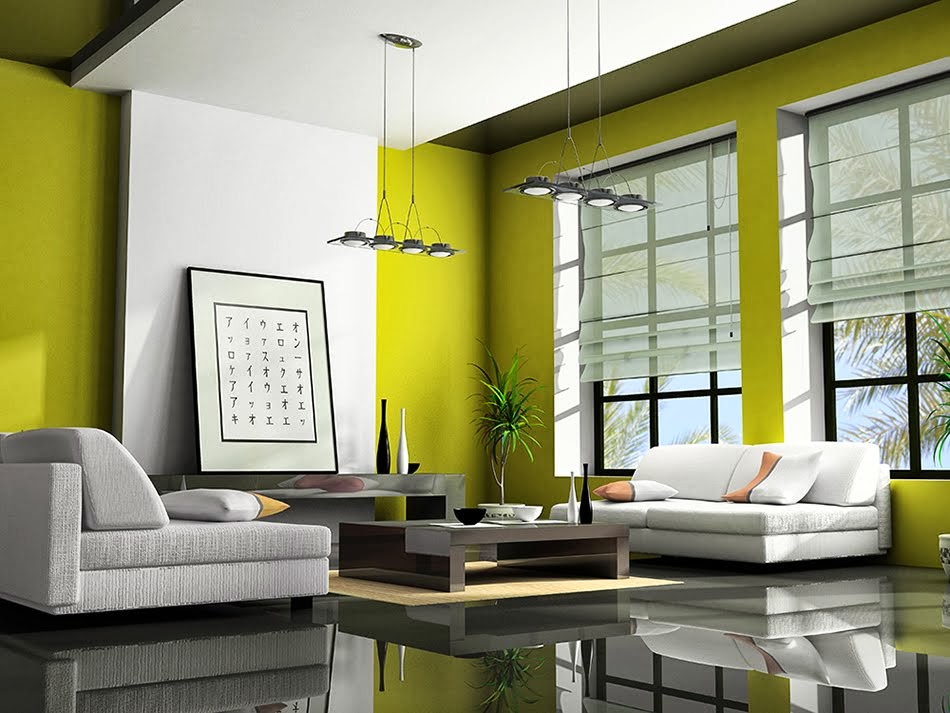Tom Kundig of Olson Kundig Architects on Design, Sustainability and the Importance of Sharing!
Today i am re blogging a very important interview I feel all of you should read and share yourselves. This is a good piece of writing that sheds a lot of light on important subjects with in modern, contemporary design.
Hope all of you enjoy the post and pics.


Seattle-based Olson Kundig Architects is widely considered to be one of the best architectural firms in North America, and it has won over 100 awards from organizations around the world. Founded in 1967 by architect Jim Olson, in their over 40 years of existence the firm has designed a wide range of projects, from luxurious residences to commercial buildings and museums. But despite the wide variety of project types they undertake, when looking at their designs individually one is easily convinced that each project is a masterpiece of singular vision. Bold but subtle, and spectacular while still being harmonious with the environment they inhabit, the Olson Kundig designs have become an inimitable addition to the world of architecture.
And their unique accomplishments have not gone unnoticed. Just last year, Washington State University opened a gallery showcasing the firm’s work, and they recently published their second book which showcases a collection of their projects titled Houses 2.
Tom Kundig is a principle of the firm who himself has won numerous awards, including a 2008 National Design Award from the Smithsonian Cooper-Hewitt, and he has answered a few questions about the new book Houses 2 and the work of Olson Kundig Architects.
How would you describe the kind of architecture your firm creates, and what is your design philosophy?
TK: My hope is that what we do is of value to our clients…both in the present and hopefully for a very long time to come in the future. We also believe that respect and care for the physical and cultural landscape is very important— so each project is unique and we approach it in a unique way.
I think that any time you get a chance to work with interesting clients to solve a problem and with work with interesting sites, it’s going to be great. It helps, too, to have talented teams of people to work with and we are fortunate to have that at our disposal. Ultimately, the success of our work is determined by those we design for, and whether what we do now holds up overtime.

How did you translate your work into book form for Houses?
TK: We had a great team – publisher, editor, etc. – that helped cull through the work and identify a variety of projects that ranged from small to large, rural to urban, warm to cool climates, and so on. I enjoy the extremes so we tried to embody that.
That said, translating three-dimensional built form into a two-dimensional media is very hard. Obviously, you rely on photographs, drawings, sketches, etc. to tell the story and there is always a compromise…it is an altogether different experience than true architecture. So when examining all of the two-dimensional material that is available for each project, I will go with what conveys the essence of the space and the experience rather than succumbing to the urge to visually represent each space in a completely literal way.
But frankly, one of the reasons that we did the book is also because we just felt lucky to have Princeton Architectural Press interested in our work. It is a real honor and we’re thrilled to have had it become one of their bestsellers.
I firmly believe that what you do now is influenced by what you’ve done before, and what you are working on will influence what has yet to come. So putting a book into that mix becomes a way to document where you’re at. The books are also a great opportunity to thank our clients for entrusting their projects to us and a way to acknowledge all of the folks who work hard to make them happen.
+ Olson Kundig
Alex Levin writes for Granite Transformations, an interior design and remodeling company that’s dedicated to advancing sustainable building practices by finding new ways to recycle and reduce waste.













